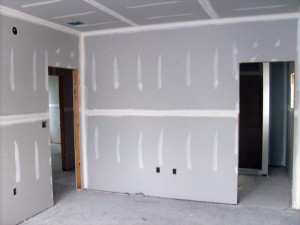Or the question is do you even have anything else available besides that red/pinkish stuff which you must apply in huuuuge amounts and its nightmare to work with since it dries so fast in contact with any dust/drywall itself, I get it that It must be used in huge amounts and all the wall must be covered with it in rather thick coat but do you have Any DIFFERENT plaster which you can apply in thin coats/which covers all imperfections without setting off almost instantly in contact with plasterboard and you don't need to cover all wall with it but only the areas which needs it?
Building materials/techniques over here in UK are just so much different than what I'm used to and mostly not in a good way, having used a decent plaster before and now using this I'm just damn frustrated how bad it is and hard to work with to get anything near good finish to what I'm used to.
I'm used to pay around £15 overseas for 25kg bag of it and it goes a looong way, now just bought this red stuff for £5 for 25kg bag , simply because I couldn't find anything else and it feels more like a clay render not a plaster!
Building materials/techniques over here in UK are just so much different than what I'm used to and mostly not in a good way, having used a decent plaster before and now using this I'm just damn frustrated how bad it is and hard to work with to get anything near good finish to what I'm used to.
I'm used to pay around £15 overseas for 25kg bag of it and it goes a looong way, now just bought this red stuff for £5 for 25kg bag , simply because I couldn't find anything else and it feels more like a clay render not a plaster!


































